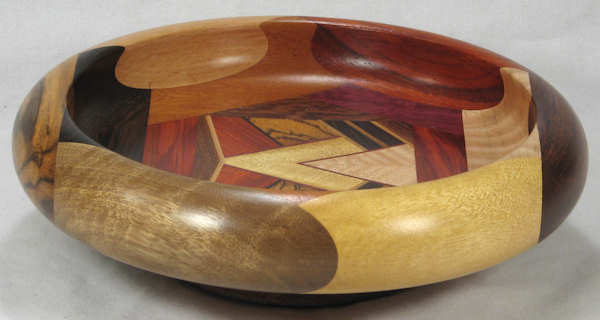| NOTE: There is no agreement as to which of those two names is the accepted name and which is the synonym. The Plant List says Terminalia buceras is the accepted name and the GRIN Taxonomy list says Bucida buceras is the accepted name. |
NOTE: these pics were all taken in very bright incandescent lighting ("soft white" at 2700K) colors will vary under other lighting conditions |
%203a%20s25%20plh.jpg)
%203b%20s25%20plh.jpg)
%203%20end%20grain%20s25%20plh.jpg)
%203%20end%20grain%20closeup%20s25%20plh.jpg)
%203%20end%20grain%20closeup%202%20s25%20plh.jpg)
%202a%20s25%20plh.jpg)
%202b%20s25%20plh.jpg)
%202%20end%20grain%20s25%20plh.jpg)
%202%20end%20grain%20closeup%20s25%20plh.jpg)
%202%20end%20grain%20closeup%202%20s25%20plh.jpg)
%201a%20s25%20plh.jpg)
%201b%20s25%20plh.jpg)
%201%20end%20grain%20s25%20plh.jpg)
%201%20end%20grain%20closeup%20s25%20plh.jpg)
%201%20end%20grain%20closeup%202%20s25%20plh.jpg)
%204a%20s25%20plh.jpg)
%204b%20s25%20plh.jpg)
%204%20end%20grain%20s25%20plh.jpg)
%204%20end%20grain%20closeup%20s25%20plh.jpg)
%204%20end%20grain%20closeup%202%20s25%20plh.jpg)
%204a%20s25%20plh.jpg)
%204b%20s25%20plh.jpg)
%204%20end%20grain%20s25%20plh.jpg)
%204%20end%20grain%20closeup%20s25%20plh.jpg)
%204%20end%20grain%20closeup%202%20s25%20plh.jpg)
%205a%20s25%20plh.jpg)
%205b%20s25%20plh.jpg)
%205%20end%20grain%20s25%20plh.jpg)
%205%20end%20grain%20closeup%20s25%20plh.jpg)
%205%20end%20grain%20closeup%202%20s25%20plh.jpg)
%206a%20s25%20plh.jpg)
%206b%20s25%20plh.jpg)
%206%20end%20grain%20s25%20plh.jpg)
%206%20end%20grain%20closeup%20s25%20plh.jpg)
%206%20end%20grain%20closeup%202%20s25%20plh.jpg)
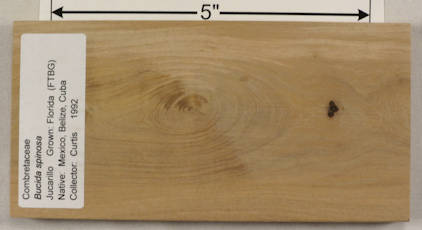
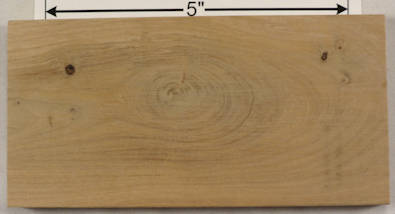


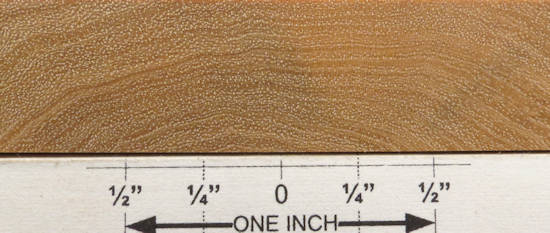
%2001%20s25%20plh.jpg)
%2001%20closeup%20s25%20plh.jpg)
%201a%20s25%20plh.jpg)
%201a%20end%20grain%20s25%20plh.jpg)
%201a%20end%20grain%20closeup%20s25%20plh.jpg)
%201b%20end%20grain%20closeup%20s25%20plh.jpg)
%201a%20end%20grain%20closeup%202%20s25%20plh.jpg)
%201b%20end%20grain%20closeup%202%20s25%20plh.jpg)
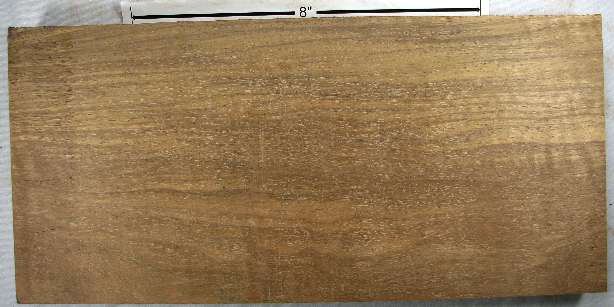
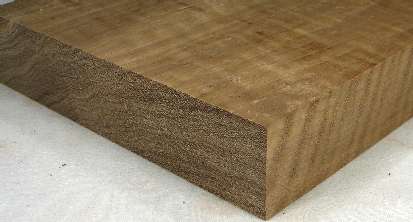
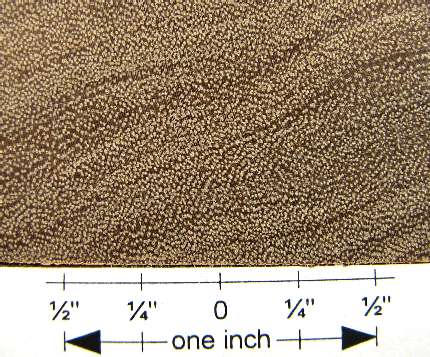
%202%20s25%20plh.jpg)
%203a%20s25%20plh.jpg)
%203b%20s25%20plh.jpg)
%203%20end%20grain%20s25%20plh.jpg)
%203%20end%20grain%20closeup%20s25%20plh.jpg)
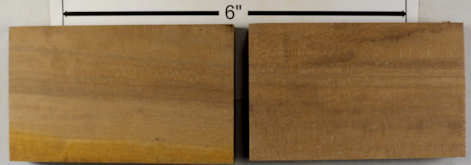

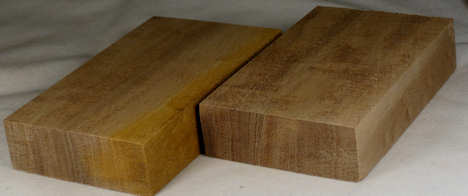
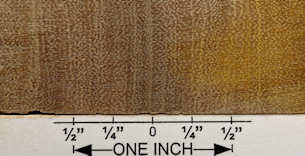


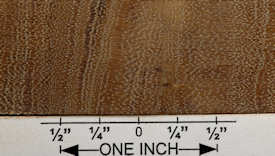

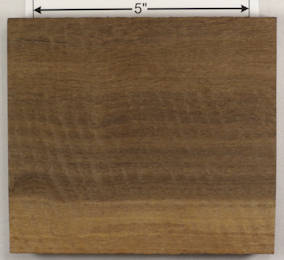
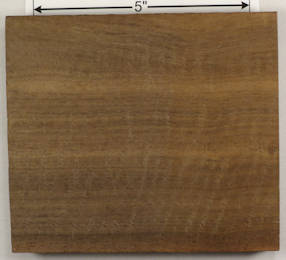
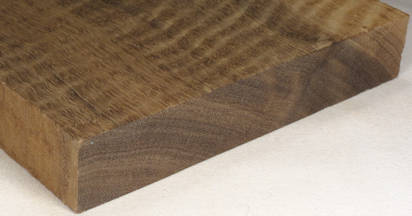

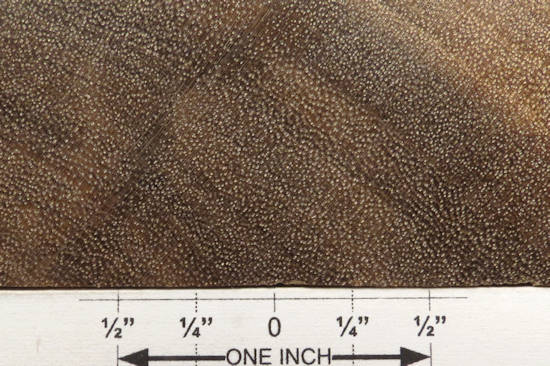
%201%20s25%20web.jpg)

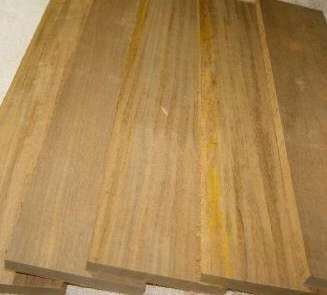
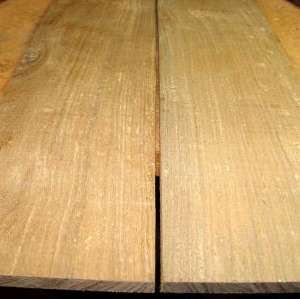
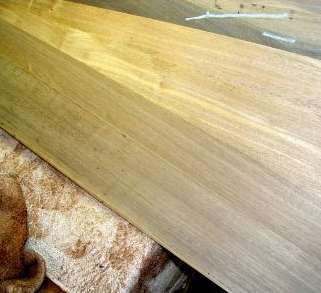
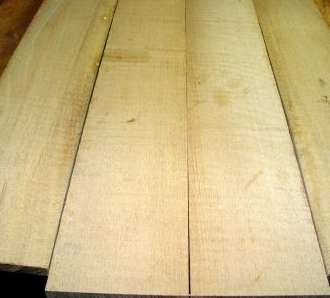
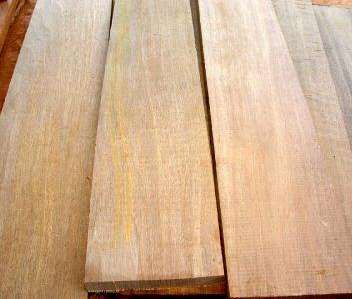

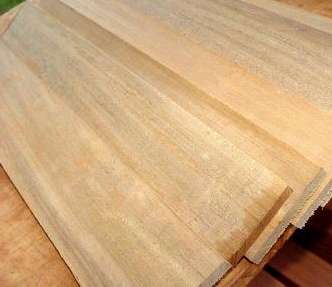
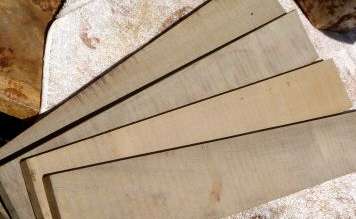
%2010%20web.jpg)

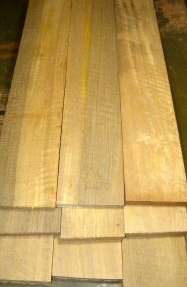
%20figured%201%20s25%20web.jpg)
,%20figured%201%20web.jpg)
,%20figured%202%20web.jpg)
,%20figured%203%20web.jpg)
,%20figured%204%20web.jpg)
%20won%20on%20ebay%201%20web.jpg)
%20won%20on%20ebay%202%20web.jpg)
%20won%20on%20ebay%203%20web.jpg)
%20won%20on%20ebay%204%20web.jpg)
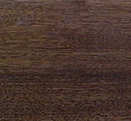
%20burl%201a%20s50%20web.jpg)
%20burl%201b%20s50%20web.jpg)
%20burl%202a%20s50%20web.jpg)
%20burl%202b%20s50%20web.jpg)
